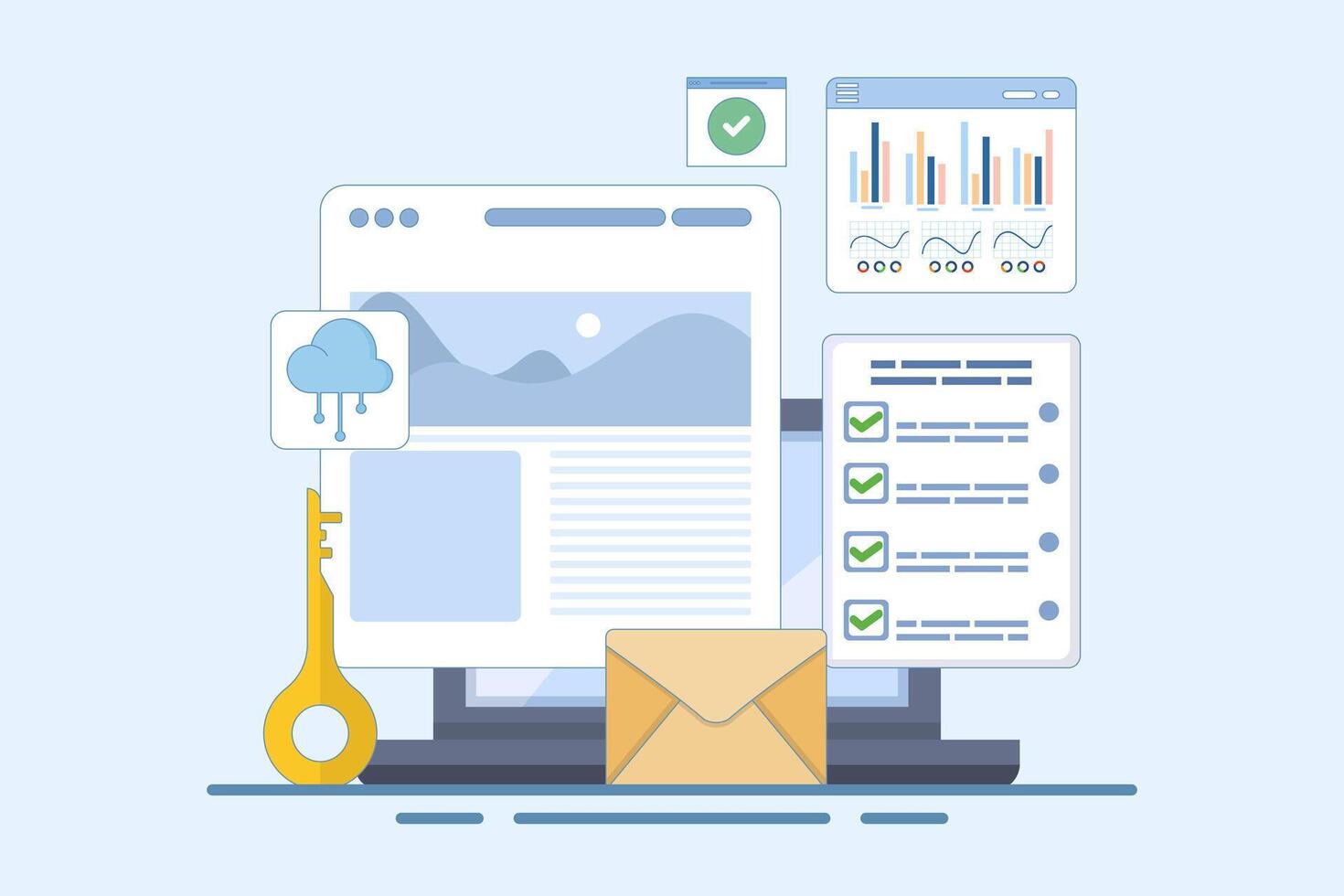Introduction
In the ever-evolving world of digital marketing, understanding how users interact with your content is more critical than ever. As SEO algorithms become more sophisticated, they increasingly consider real user behavior when ranking websites. This means that the way users scroll, click, and engage with your web pages can directly impact your visibility on search engines.
Enter heatmaps and scrollmaps—powerful analytical tools that provide visual insights into user behavior. These tools help you see where users are focusing their attention, where they drop off, and how effectively your content layout supports their journey. Leveraging this data allows content creators and SEO specialists to structure their pages for maximum engagement and search engine performance.
1. What Are Heatmaps and Scrollmaps?
Heatmaps
A heatmap is a graphical representation of data that uses a color-coding system to show where users interact with a webpage. Areas that receive a lot of activity—such as clicks, mouse movements, and taps—appear in warm colors like red and orange, while less active areas appear in cooler shades like blue or green.
Scrollmaps
A scrollmap shows how far down a page users scroll. It highlights which sections of your content are being seen and which are being ignored. Scrollmaps provide vital insights into user attention span and help identify whether your key messages and CTAs are being reached.
Key Differences and Usage
While heatmaps focus on user interaction, scrollmaps measure content visibility. Use heatmaps to optimize clickable elements and calls-to-action (CTAs), and scrollmaps to restructure content positioning for better flow and retention.
2. Why User Interaction Matters for SEO
![]()
Search engines like Google are increasingly using user signals—such as bounce rate, time on page, and click-through rate (CTR)—as ranking factors. When users engage deeply with your content, it signals to Google that your page offers value.
For example:
-
A high bounce rate could indicate that users aren’t finding what they need.
-
Short session durations may reflect poor content layout or disengaging visuals.
By adjusting your content based on heatmap and scrollmap data, you can reduce bounce rates, increase dwell time, and ultimately improve your SEO rankings.
Real-World Example
An e-commerce site implemented heatmaps and discovered users were clicking on product images expecting more details. By linking those images to product pages, they saw a 15% boost in conversions and higher organic rankings for those pages.
3. How to Use Heatmaps to Analyze Content Performance

There are several tools available to generate heatmaps, including:
-
Hotjar
-
Crazy Egg
-
Microsoft Clarity
Once you implement these tools, analyze:
-
Click density: Are users clicking where you want them to?
-
Attention hotspots: Are key messages receiving visibility?
-
Underperforming CTAs: Are users ignoring important links or buttons?
Use this data to reposition CTAs, refine headlines, or simplify navigation paths to guide users more effectively.
4. Leveraging Scrollmaps to Improve Readability and Engagement
![]()
Scrollmaps reveal how much of your content users actually see. This helps you understand content drop-off points and re-evaluate long-form articles or complex pages.
Tips for Scrollmap Optimization:
-
Place important content above the fold.
-
Insert engaging elements (images, subheadings, videos) every few scrolls to re-capture attention.
-
Move overlooked CTAs higher up the page.
By refining where and how your key messages appear, you ensure that vital information isn’t buried where few will see it.
5. Optimizing Content Layout for Better SEO
To boost both engagement and SEO, your layout must be intuitive and strategically structured:
-
Use internal links to connect related content.
-
Position CTAs and images near attention hotspots.
-
Apply headers and subheaders to break up text for better readability.
-
Optimize for mobile using scrollmap data to detect responsive design issues.
A clear visual hierarchy not only improves user experience but also helps search engines better understand your content.
6. Using Scroll and Click Data to A/B Test Your SEO Pages
One of the most effective uses of heatmaps and scrollmaps is for A/B testing:
-
Test different CTA positions, colors, or headlines.
-
Compare page layouts for engagement and conversions.
-
Monitor metrics like time on page, scroll depth, and click-through rates.
Through continual refinement based on real data, you build more effective and SEO-friendly content layouts over time.
7. Integrating User-Friendly Features to Retain Visitors

Today’s users expect more than just content—they expect functionality and interactivity. Features like sliders, accordions, embedded videos, and downloadable resources enhance the experience.
To go further, offering practical tools can significantly improve usability. For instance, if your website provides downloadable content like whitepapers or reports, allowing users to modify PDF file directly on your platform creates convenience, increases dwell time, and builds trust.
Additional UX Enhancements:
-
Clear navigation menus.
-
Accessible designs for all devices.
-
Fast load times and minimal pop-ups.
8. Common Mistakes to Avoid When Using Heatmaps and Scrollmaps
While these tools are powerful, they can be misused. Avoid the following pitfalls:
-
Relying on small data samples: Ensure your analysis is based on statistically significant traffic.
-
Overlooking mobile behavior: Mobile users interact differently than desktop users.
-
Overcorrecting based on isolated behavior: One session doesn’t represent all visitors.
Use long-term trends and A/B tests to make informed decisions.
Check Startup Accounting vs. Traditional Accounting: What’s the Difference?
Conclusion
Understanding and optimizing user interaction is the key to creating content that both users and search engines love. Heatmaps and scrollmaps allow you to visualize behavior, restructure your layout, and enhance engagement—leading to better SEO outcomes.
By incorporating user-friendly tools, improving content flow, and continuously refining your layout based on real data, you position your website for long-term SEO success.
Keep testing, keep learning, and keep optimizing.
